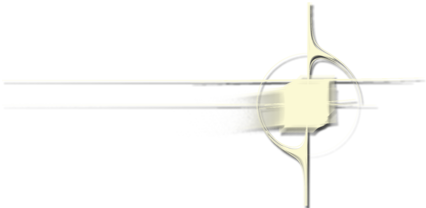From what I’ve seen, A.I. generated artwork has a certain aesthetic to it. Faces are rarely defined. Imagery may be riotously detailed, which gives a superficial impression that it was lovingly worked on by hand for many days, but it lacks a coherent theme. That gives the impression that it is dreamlike imagery, or slap-dabbed together by someone in a creative frenzy. It is a certain look.
Perhaps that aesthetic will always be appealing. But I wonder if it will wear out its welcome? I’m already getting worn out on it. I feel as if I can recognize it when I see it, and it’s not what I want for my finalized novel covers. (Short stories, maybe.)
And I think the same applies to Jasper A.I. and other A.I. writing tools. People who read a lot of blogs and articles are learning to recognize overly emotional language that is incongruously used for conveying generic or low-value content.
I’ve seen A.I. performers, where people pay a service that simulates an actor to read lines. There is an uncanny valley effect with those. The “actor” looks quite human, but they blink a bit too often, and their smiles are quick and small and weirdly constrained.
I don’t know how the arts will adapt to these things. But speaking as a writer-artist, I’m not thrilled about it. I think this is all part of the race-to-the-bottom in the arts. Companies don’t want to pay artists and writers. Now they don’t have to.
The question is: Will the public accept A.I. art and writing as equal to the real thing? Or will they tune it out eventually? Will they tend to gravitate towards art and writing created by real people? Or will enough people fail to see the difference, or fail to care, so that the money flows towards A.I. tools more than it flows to human writers and artists?


